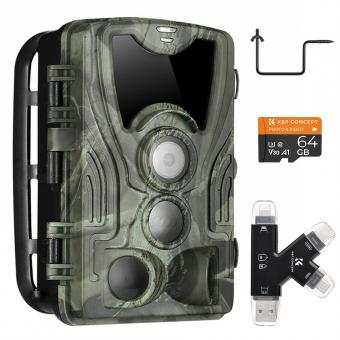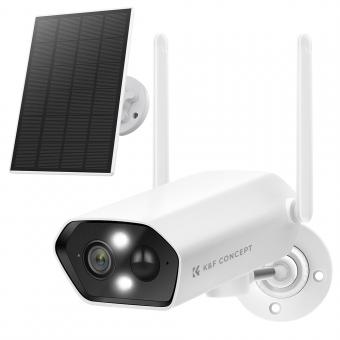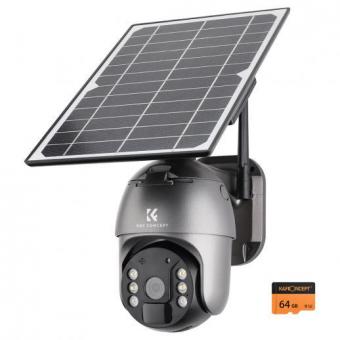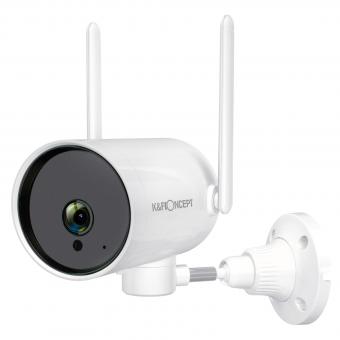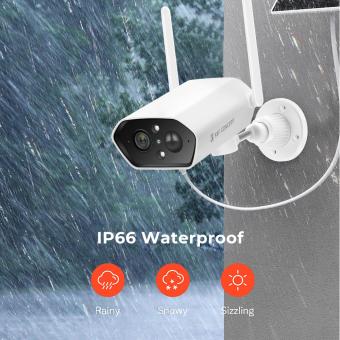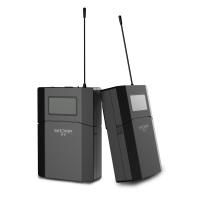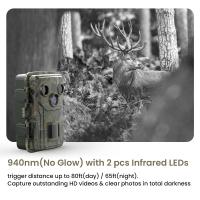How To Convert Security Camera To Wifi ?
To convert a security camera to WiFi, you will need a WiFi-enabled security camera or a WiFi adapter that is compatible with your existing camera. First, ensure that your camera supports WiFi connectivity or purchase a WiFi adapter that is compatible with your camera model. Next, connect the camera or adapter to a power source and follow the manufacturer's instructions to set up the WiFi connection. This typically involves connecting the camera or adapter to your WiFi network using the provided software or mobile app. Once the camera is connected to WiFi, you can access the live feed and control the camera remotely using a smartphone, tablet, or computer connected to the same network. Keep in mind that the specific steps may vary depending on the camera model and manufacturer, so it is important to refer to the user manual or online resources for detailed instructions.
1、 Wireless Camera Conversion: Steps to Connect Security Camera to Wi-Fi
Wireless Camera Conversion: Steps to Connect Security Camera to Wi-Fi
Converting a security camera to Wi-Fi can provide numerous benefits, including increased flexibility and ease of use. By connecting your security camera to Wi-Fi, you can monitor your property remotely and receive real-time alerts on your smartphone or computer. Here are the steps to convert your security camera to Wi-Fi:
1. Check compatibility: Ensure that your security camera is compatible with Wi-Fi connectivity. Some older models may not have this capability, so it's important to verify before proceeding.
2. Purchase a Wi-Fi adapter: If your security camera doesn't have built-in Wi-Fi, you will need to purchase a Wi-Fi adapter. These adapters can be easily found online or at electronics stores. Make sure to choose one that is compatible with your camera model.
3. Install the Wi-Fi adapter: Follow the manufacturer's instructions to install the Wi-Fi adapter onto your security camera. This typically involves connecting the adapter to the camera's USB or Ethernet port.
4. Connect to your Wi-Fi network: Access the settings menu on your security camera and navigate to the network settings. Select the option to connect to a Wi-Fi network and enter your network's SSID (name) and password. Once entered, the camera should establish a connection to your Wi-Fi network.
5. Test the connection: After connecting to Wi-Fi, test the connection by accessing the camera's live feed on your smartphone or computer. Ensure that the video quality is satisfactory and that you can receive alerts and notifications.
It's worth noting that some security cameras come with built-in Wi-Fi capabilities, eliminating the need for a separate adapter. Additionally, advancements in technology have led to the development of wireless security cameras that connect directly to Wi-Fi without the need for any additional steps.
In conclusion, converting a security camera to Wi-Fi can be a straightforward process by following these steps. It allows for remote monitoring and increased convenience, providing peace of mind for homeowners and businesses alike.

2、 Wi-Fi Integration: Converting a Security Camera to Wireless Connectivity
Wi-Fi Integration: Converting a Security Camera to Wireless Connectivity
Converting a security camera to Wi-Fi connectivity has become increasingly popular in recent years. With the advancements in technology, it is now possible to eliminate the need for cumbersome cables and wires, allowing for a more flexible and convenient surveillance system. Here is a step-by-step guide on how to convert a security camera to Wi-Fi:
1. Choose a Wi-Fi enabled camera: Start by selecting a security camera that is compatible with Wi-Fi connectivity. There are numerous options available in the market, ranging from indoor to outdoor cameras, with varying features and capabilities.
2. Install the camera: Once you have chosen the camera, follow the manufacturer's instructions to install it in the desired location. Ensure that the camera is positioned strategically to capture the desired area.
3. Connect the camera to power: Most Wi-Fi enabled cameras require a power source. Connect the camera to a power outlet using the provided power adapter or any other suitable power source.
4. Connect the camera to Wi-Fi: Access the camera's settings through a computer or smartphone. Follow the instructions provided by the manufacturer to connect the camera to your Wi-Fi network. This usually involves selecting the network, entering the password, and establishing a connection.
5. Configure the camera settings: Once the camera is connected to Wi-Fi, access its settings to configure various parameters such as motion detection, recording schedules, and notifications. This can usually be done through a dedicated mobile app or a web-based interface.
6. Test the camera: After configuring the settings, test the camera to ensure that it is functioning properly. Check the live feed, playback recorded footage, and verify that notifications are being received as expected.
By following these steps, you can convert a security camera to Wi-Fi connectivity, providing you with the flexibility to monitor your property remotely and eliminating the need for extensive wiring. It is important to note that the specific steps may vary depending on the camera model and manufacturer, so always refer to the provided instructions for accurate guidance.
From a latest point of view, Wi-Fi integration in security cameras has become more seamless and user-friendly. Many manufacturers now offer intuitive mobile apps that simplify the setup process and provide easy access to camera settings. Additionally, advancements in wireless technology have improved the reliability and stability of Wi-Fi connections, ensuring a consistent and uninterrupted surveillance experience. With the increasing demand for smart home automation, integrating security cameras with Wi-Fi connectivity has become an essential feature for homeowners looking to enhance their security systems.
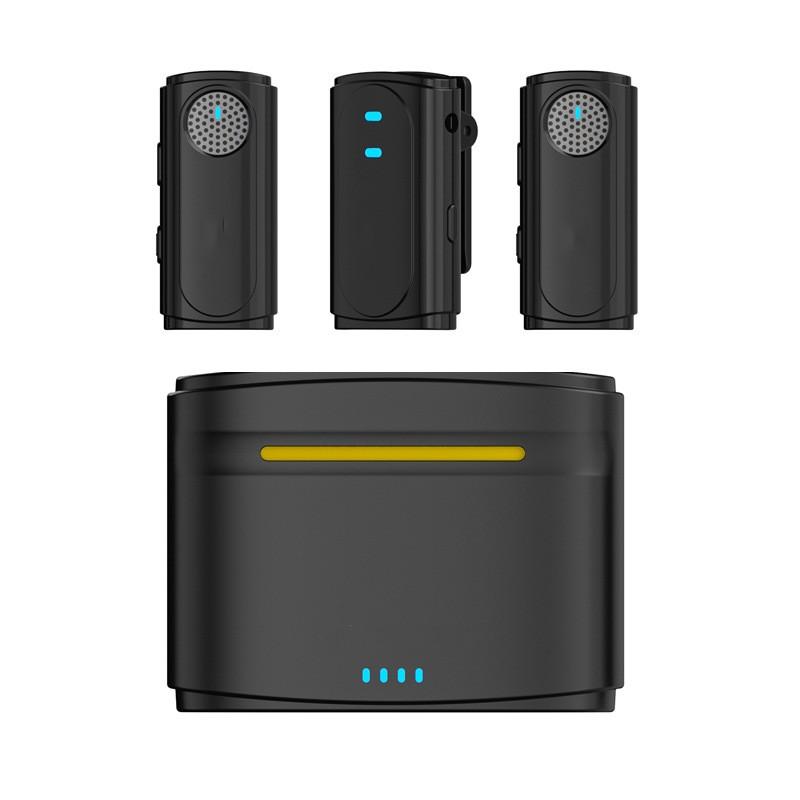
3、 Retrofitting Security Cameras: Converting Wired Cameras to Wi-Fi Enabled
Retrofitting security cameras to be Wi-Fi enabled is a popular choice for many homeowners and businesses looking to upgrade their surveillance systems. By converting wired cameras to Wi-Fi, you can enjoy the benefits of wireless connectivity, such as remote access, easy installation, and flexibility in camera placement. Here's a step-by-step guide on how to convert your security camera to Wi-Fi:
1. Check compatibility: Ensure that your existing security cameras are compatible with Wi-Fi connectivity. Some older models may not support this feature, so it's important to verify before proceeding.
2. Purchase a Wi-Fi adapter: If your cameras are compatible, you'll need to purchase a Wi-Fi adapter specifically designed for security cameras. These adapters typically connect to the camera's video output and provide wireless connectivity.
3. Install the adapter: Follow the manufacturer's instructions to install the Wi-Fi adapter. This usually involves connecting the adapter to the camera's video output and configuring the wireless settings.
4. Connect to your network: Once the adapter is installed, you'll need to connect it to your Wi-Fi network. This can usually be done through the camera's settings menu or via a mobile app provided by the manufacturer.
5. Test the connection: After connecting to your Wi-Fi network, test the camera's functionality by accessing the live feed remotely. Ensure that you can view the footage on your smartphone, tablet, or computer.
It's worth noting that retrofitting security cameras to Wi-Fi may have limitations depending on the camera model and the strength of your Wi-Fi signal. Additionally, it's important to consider the security implications of connecting your cameras to a wireless network. Ensure that you have strong passwords and enable encryption to protect against unauthorized access.
In recent years, advancements in technology have made wireless security cameras more affordable and accessible. Many new models come with built-in Wi-Fi capabilities, eliminating the need for retrofitting. These cameras often offer additional features such as motion detection, cloud storage, and integration with smart home systems. Therefore, if you're considering upgrading your security cameras, it may be worth exploring the latest Wi-Fi-enabled options available in the market.
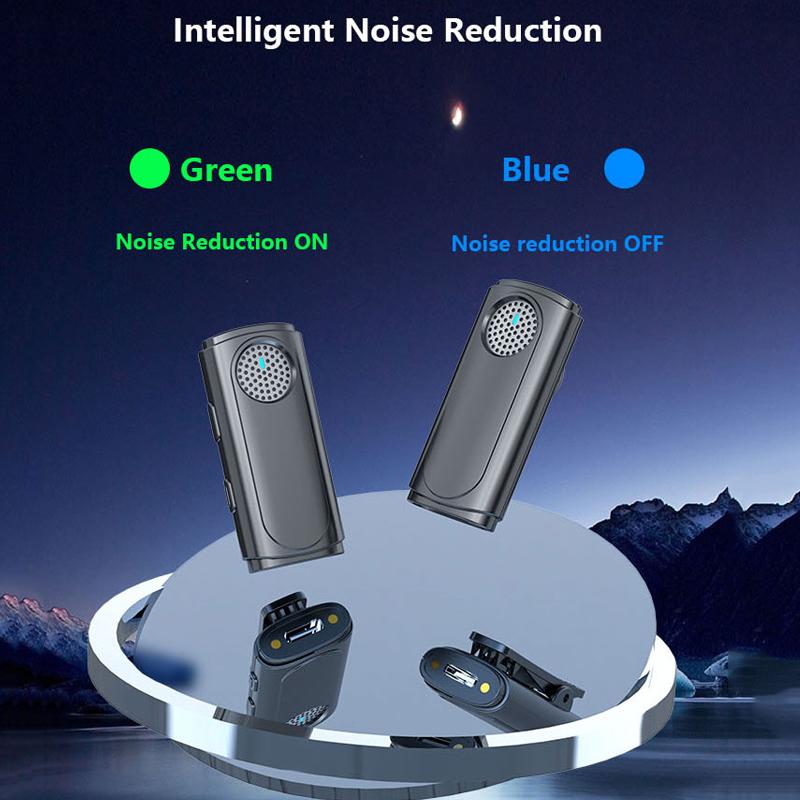
4、 Wireless Upgrade: Converting Traditional Security Cameras to Wi-Fi Connectivity
Wireless Upgrade: Converting Traditional Security Cameras to Wi-Fi Connectivity
Converting traditional security cameras to Wi-Fi connectivity has become increasingly popular in recent years. This wireless upgrade offers numerous benefits, including easier installation, increased flexibility, and remote access to footage. Here's a step-by-step guide on how to convert your security camera to Wi-Fi:
1. Check compatibility: Ensure that your security camera is compatible with Wi-Fi connectivity. Some older models may not have this capability, so it's important to verify before proceeding.
2. Purchase a Wi-Fi adapter: If your camera is not Wi-Fi compatible, you will need to purchase a Wi-Fi adapter. These adapters can be easily found online or at electronics stores. Make sure to choose one that is compatible with your camera model.
3. Install the adapter: Follow the manufacturer's instructions to install the Wi-Fi adapter onto your security camera. This typically involves connecting the adapter to the camera's video output and power source.
4. Connect to your Wi-Fi network: Once the adapter is installed, you will need to connect your camera to your Wi-Fi network. Access the camera's settings menu and select the Wi-Fi network you want to connect to. Enter the network password if prompted.
5. Test the connection: After connecting to the Wi-Fi network, test the connection by accessing the camera's live feed on a smartphone or computer. Ensure that the footage is clear and that there are no connectivity issues.
6. Set up remote access: To access your camera's footage remotely, you will need to set up port forwarding on your router. This allows you to view the camera's feed from anywhere with an internet connection.
It's important to note that while converting traditional security cameras to Wi-Fi connectivity offers convenience and flexibility, it may also pose security risks. Ensure that you have strong passwords and regularly update your camera's firmware to protect against potential vulnerabilities.
In conclusion, converting traditional security cameras to Wi-Fi connectivity is a relatively straightforward process that offers numerous benefits. By following these steps, you can upgrade your security system to take advantage of the convenience and flexibility that Wi-Fi connectivity provides.


